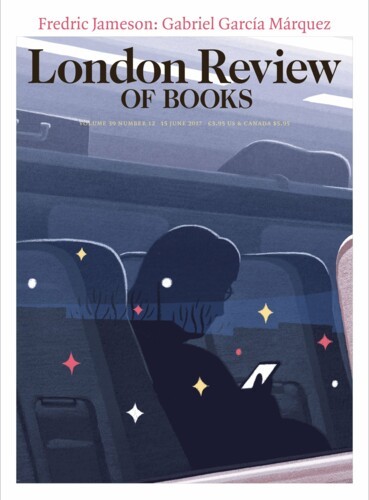Escaped from the Lab
Robert Crawford: Peter Redgrove, 21 June 2012
A Lucid Dreamer: The Life of Peter Redgrove
by Neil Roberts.
Cape, 341 pp., £30, January 2012,978 0 224 09029 2 Show More
by Neil Roberts.
Cape, 341 pp., £30, January 2012,
Collected Poems
by Peter Redgrove, edited by Neil Roberts.
Cape, 496 pp., £25, January 2012,978 0 224 09027 8 Show More
by Peter Redgrove, edited by Neil Roberts.
Cape, 496 pp., £25, January 2012,
“... Peter Redgrove had a secret. It was called ‘the Game’. Sexual in nature, this obsessive ritual ignited some of his most arresting poetry, and was vital to his personal mythology for sixty years. Known only to his lovers and a few in his inner circle, the Game has now been made public in Neil Roberts’s remarkable biography of the poet, published almost a decade after Redgrove’s death, along with a new Collected Poems ... ”
